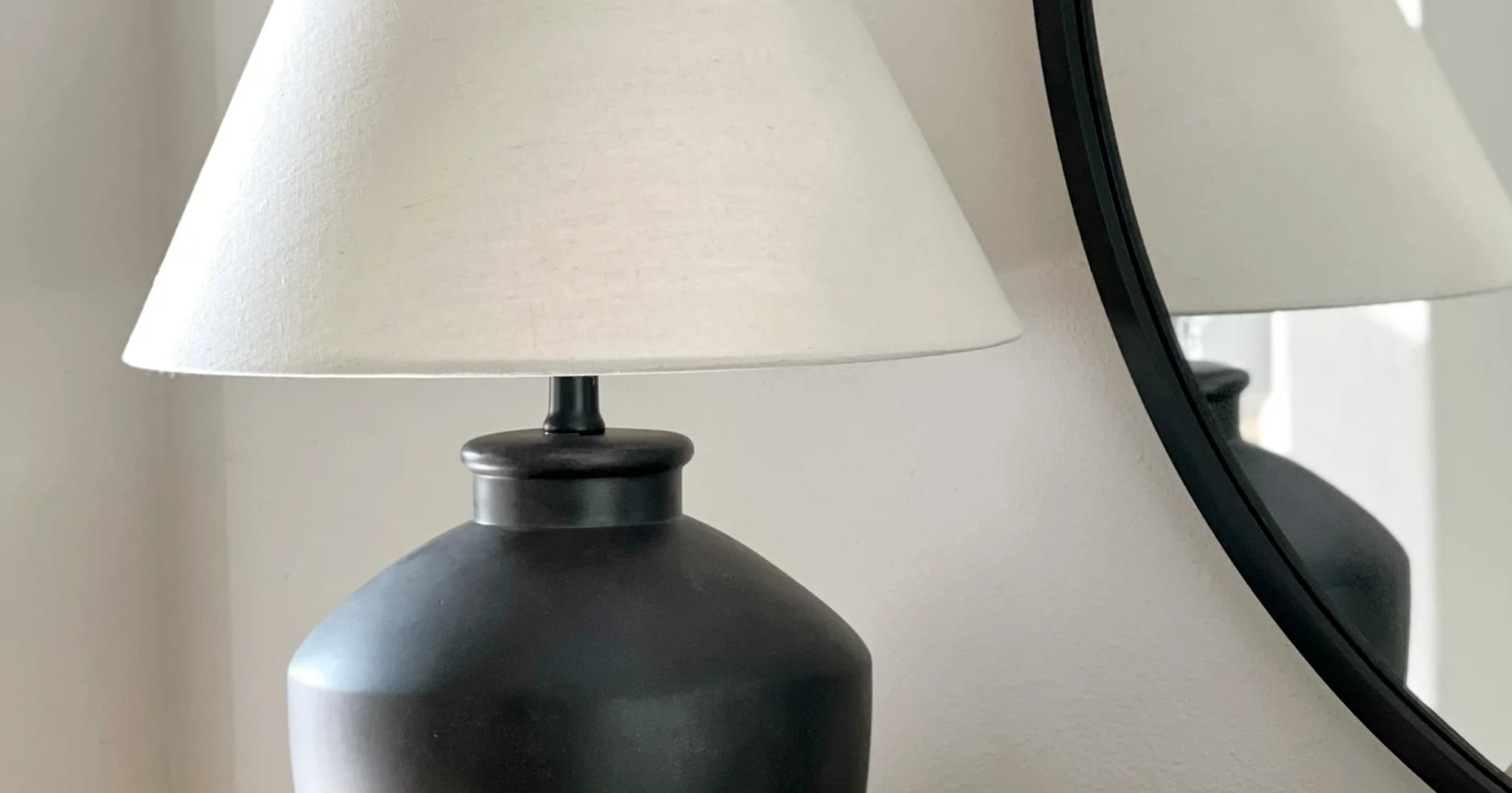Image Source: Getty/Daniel Zuchnik / Contributor
You could be a skilled hairstylist or a newbie in the game, but detangling your hair is never an easy job. Whether you have a naturally straight texture or fall on the more coily end of the spectrum, there are countless hacks available when it comes to styling your hair. But for taking out pesky knots and tangles, there are a few tried-and-true methods.
“If you are having a tough time detangling your hair, I highly recommend using a leave-in conditioner to nourish and condition your hair,” hairstylist and author Kee Taylor tells POPSUGAR. “Adding that extra bit of slip will always make it easier to get through the harder-to-comb areas.”
As you can imagine, detangling your hair looks different based on the type of hair that you have, so ahead, Taylor explains the best way to detangle your hair pain-free, for coils, curls, waves, and straight textures.
How to Detangle Curly and Coily Hair
For any type 4 naturalistas out there, we regret to inform you that patience is your best friend when it comes to detangling your hair. (Yes, we know that wash day is already long enough, but bear with us.) “My go-to trick for detangling natural hair is to work in small sections and comb out the knots one section at a time, using a wide-toothed comb,” Taylor says. “This is the easiest way to detangle natural, coily hair without added tension, but be careful not to rush the process – you want to take your time and be gentle with your curls.”
During this process, you’ll want to have trusted products to provide some additional moisture and hydration. “The Nature Lab Tokyo Leave-In Conditioner & Detangler ($19) uses botanical oils like camelia and argan oil to help soften your hair, and the Salwa Petersen Chébé Hair Milk ($19) not only detangles, but also helps to make your hair stronger, softer, and easier to manage and detangle,” Taylor says.
Your best tool of choice is a wide-toothed comb with water; Taylor says it’s best not to towel dry your hair before detangling. “This applies friction and tension, which can result in more damage to the hair strand and even more tangles,” she says. Additionally, you’ll want to make sure to detangle from the ends of your hair up to the scalp to avoid any unnecessary pulling and tugging.
How to Detangle Wavy and Straight Hair
If you have wavy or straight hair, you fall into the category of type 1 or 2 textures, but your detangling process will look very similar to your coily counterparts’. Still, there are a few additional things to consider.
“Washing your hair more (think two to three times a week) will be beneficial, since it’s still best to brush looser textures when wet,” Taylor says. “Fine hair is particularly prone to tangles, so to get them out with minor damage or breakage, increase your number of wash days and add a leave-in conditioner just to the ends to rehydrate/nourish strands.”
In addition to wide-tooth combs, you can also opt for paddle brushes that can be used in or out of the shower. However, if you do decide to detangle your hair when it’s dry, use a paddle brush that has slightly coarser bristles or is a two-in-one product, like the Dae Vegan Detangle + Style Brush ($26), which won a 2022 POPSUGAR Best of Beauty Award. It has coarser bristles toward the pad of the brush, and looser, more flexible ones in between to work on all hair types (and tangles). Now that you have all the tips you need from a pro, you can finally approach your next wash day with a sense of calm instead of dread. Keep Taylor’s tips in mind and you never know – you might end up even enjoying the process.



